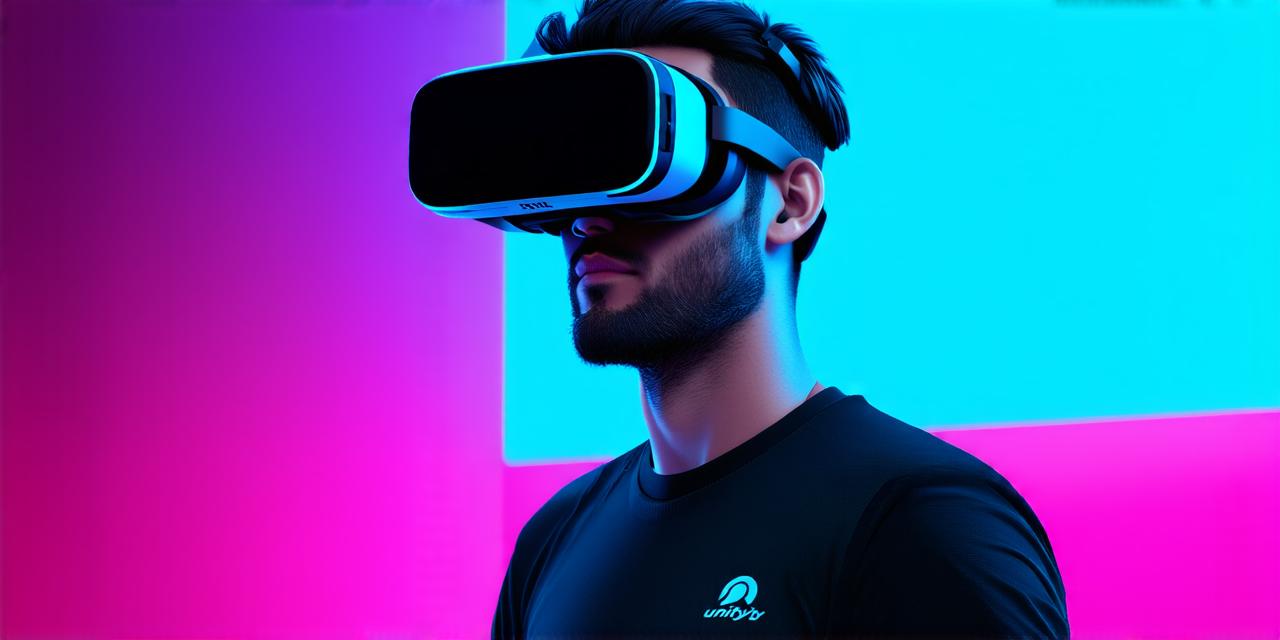Virtual reality (VR) is an exciting and rapidly growing field with limitless possibilities for gaming, education, healthcare, and more. As a developer looking to get started with VR, one of the most popular tools available is Unity, a powerful and versatile game engine that can also be used for VR development.
Why Choose Unity for VR Development?
Unity is an open-source game engine that was originally developed by Unity Technologies for 2D game development. However, in recent years, it has become one of the most popular tools for VR development due to its ease of use, flexibility, and support for a wide range of platforms and devices.
Some key reasons why Unity is a popular choice for VR development include:
- Easy-to-use interface: Unity has a user-friendly interface that makes it easy to navigate and find what you need. It also comes with a lot of built-in features and tools, making it easy to get started with VR development.
- Flexibility: Unity supports a wide range of platforms and devices, including PC, mobile, console, and VR. This means that you can create VR experiences for multiple platforms with a single codebase.
- Large community: Unity has a large and active community of developers who are constantly contributing to the platform. This means that you can find support, advice, and resources online to help you with your development projects.
- Built-in tools: Unity comes with a lot of built-in tools for VR development, including asset store, physics engine, animation tools, and more. These tools make it easier to create VR experiences without having to write complex code.
Setting Up VR Development in Unity
There are several steps involved in setting up VR development in Unity, including:
- Install Unity: To get started with VR development in Unity, you need to install the latest version of Unity on your computer. You can download the latest version from the official Unity website.
- Create a new project: Once you have installed Unity, you need to create a new project for your VR experience. To do this, open Unity and click on “New Project” in the menu bar. Choose the type of project you want to create (e.g., 3D game, VR application) and give it a name.
- Select a template: After creating a new project, you will be presented with a list of templates to choose from. These templates include pre-configured settings for different types of VR experiences, such as room-scale or standalone VR. Choose the template that best suits your needs.
- Install VR support packages: To enable VR development in Unity, you need to install the appropriate VR support packages. These packages provide the necessary tools and features for creating VR experiences. You can install these packages by going to “Assets” > “Import Package” and selecting the package you want to install.
- Set up your VR hardware: Before you can start developing your VR experience, you need to set up your VR hardware. This involves connecting your VR headset to your computer and making sure it is recognized by Unity. The exact process for setting up your VR hardware will depend on the type of VR headset you are using.
- Create your VR scene: Once you have set up your VR hardware, you can start creating your VR scene. This involves designing and building your virtual environment, including objects, characters, and interactive elements. You can use Unity’s built-in tools for VR development, such as the asset store, physics engine, and animation tools, to help you create your VR experience.
In addition to these steps, there are several best practices to follow when setting up VR development in Unity:
- Test your VR experience regularly: As you develop your VR experience, it’s important to test it regularly to ensure that it works as expected. You can use Unity’s built-in testing tools, such as the Play Mode window and the Debugger, to help you test your VR experience.
- Optimize your VR experience for performance: VR experiences can be resource-intensive, so it’s important to optimize them for performance. This includes reducing the number of objects in your scene, using low-poly models, and minimizing draw calls.
- Consider the user experience: When creating a VR experience
